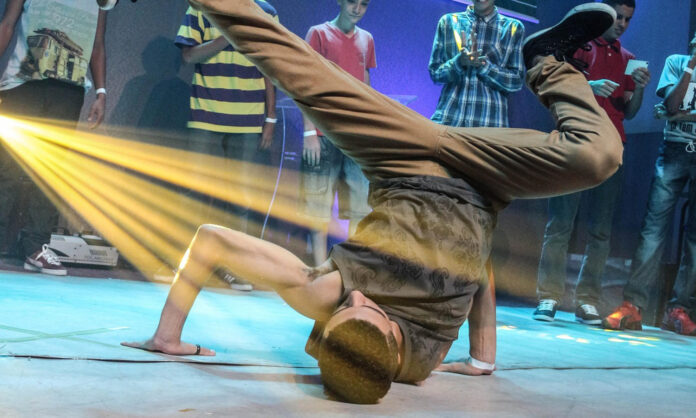In a guest post on Jane Friedman’s blog, Susanne Dunlap offers advice about character choreography – moving your cast around the page and through your story. “One aspect of writing that writers have the most trouble with is simply the physical presence and movement of characters—in both fiction and memoir—in imaginary spaces,” she writes. “When you start thinking about those things, it’s easy to tear your hair out about how many ways you can say ‘looking’ or ‘walking.'”
When you set your scene, you need to convey only enough information to allow your reader to imagine the space. They won’t imagine it exactly as you do – that’s impossible – but they need enough information to form the image. The same concept applies to how your characters move through a scene. “A character’s movements and gestures in that space similarly must convey enough without becoming too detailed,” Dunlap writes. “At the same time, to create that magical sensation, your characters (or you, in memoir) have to bring their whole selves to the spaces they inhabit and occupy them realistically.”
So, how can you master this skill?
- Plan your scene. “If I stop to think and ask myself a few questions before I launch into the scene, it’s easier to form my own image and then translate it to the page,” Dunlap says. Ask why your character is in the scene, how long they will stay, and what they need to accomplish. What do they see? Who else is there? Does the space have resonance? “Those are story-related questions, and if you can’t answer them, it’s possible that the scene in question doesn’t need to occur in that particular manner, or doesn’t need to occur at all,” Dunlap writes.
- Describe your scene. What are the practical aspects? How large is the space? Are there unique smells or sounds? Are there physical obstacles for your character? How much information does the reader need to know to create an image in their mind?
Dunlap breaks down a scene from her own work to show how she applies her advice to her own writing.









